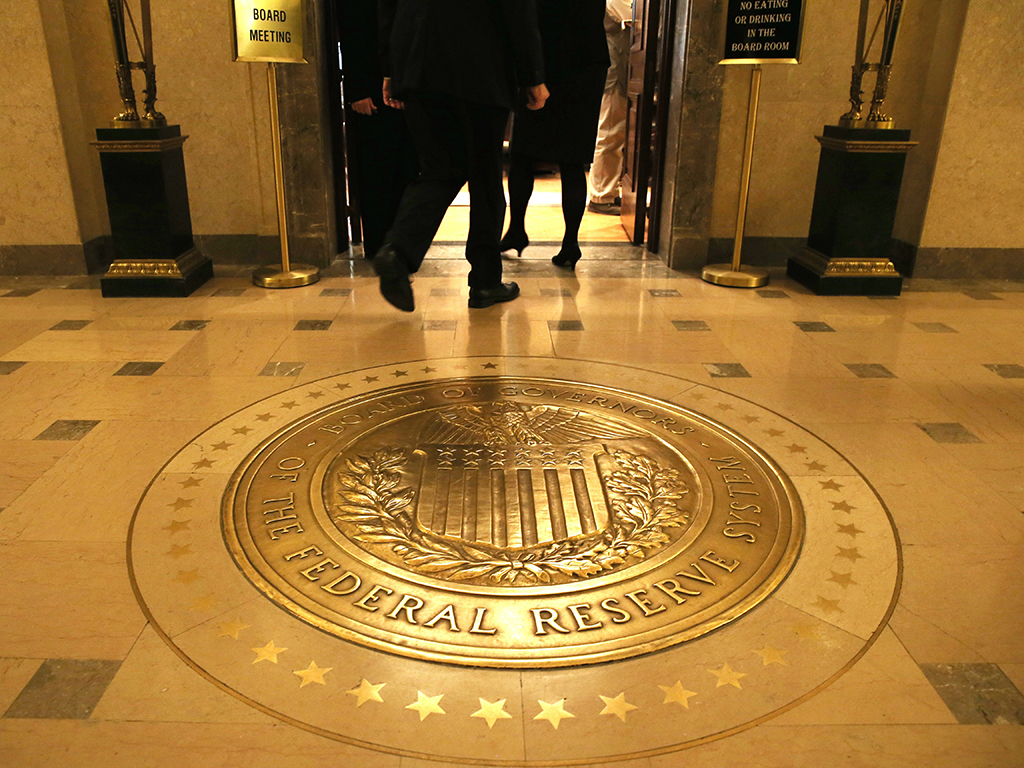Fed refuses interest rate hike after sluggish US growth
The Federal Reserve has decided to maintain low interest rates due to “transitory factors” slowing economic growth in the first quarter of 2015

Many hoped that by 2015, levels of job growth and household spending would be enough to justify the US Federal Reserve raising interest rates, but the American economy has stagnated, causing them to hold back
Despite much speculation that the Federal Reserve would soon raise interest rates, a two-day policy meeting in Washington DC ended with officials deciding to keep them where they are.
Since the financial crisis, the Federal Reserve has maintained interest rates at the record-low level of nearly zero percent, with the intention of re-inflating the economy. It was expected that, as the economy picked up steam, interest rates would be raised accordingly. As job growth and household spending increased in late 2014, it was expected 2015 would see healthy economic growth, justifying a rise in interest rates.
Yet on April 29, the US Department of Commerce released figures showing that, in the first quarter of 2015, the economy had nearly stagnated, growing at only 0.2 percent. The Federal Reserve cites so-called “transitory factors”, such as a particularly bad winter discouraging consumer spending, as the causes of the low growth figures. Other reasons for the US’ sluggish economic performance include cuts in investment by energy firms due to falling oil prices and a dock worker strike on the West Coast (usually a busy hub of economic activity).
If the poor economic performance is just down to transitory factors and picks up in the second quarter, interest rates can be expected to rise. The Federal Reserve notes it would be “appropriate to raise the target range for the federal funds rate when it has seen further improvement in the labour market and is reasonably confident that inflation will move back to its two percent objective over the medium term”.













